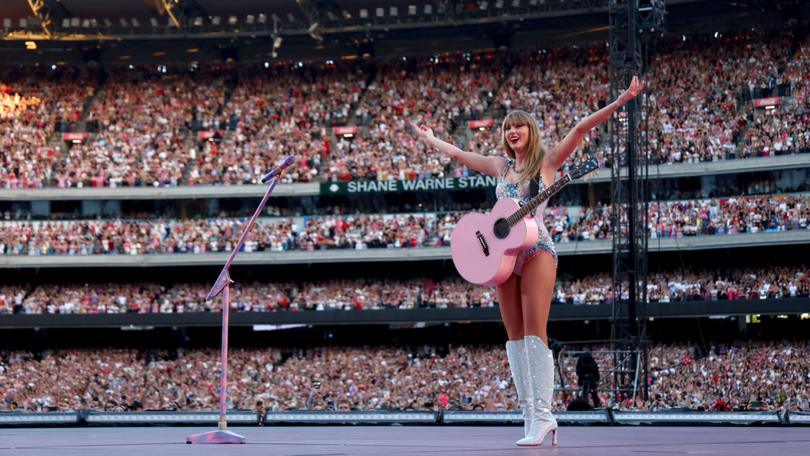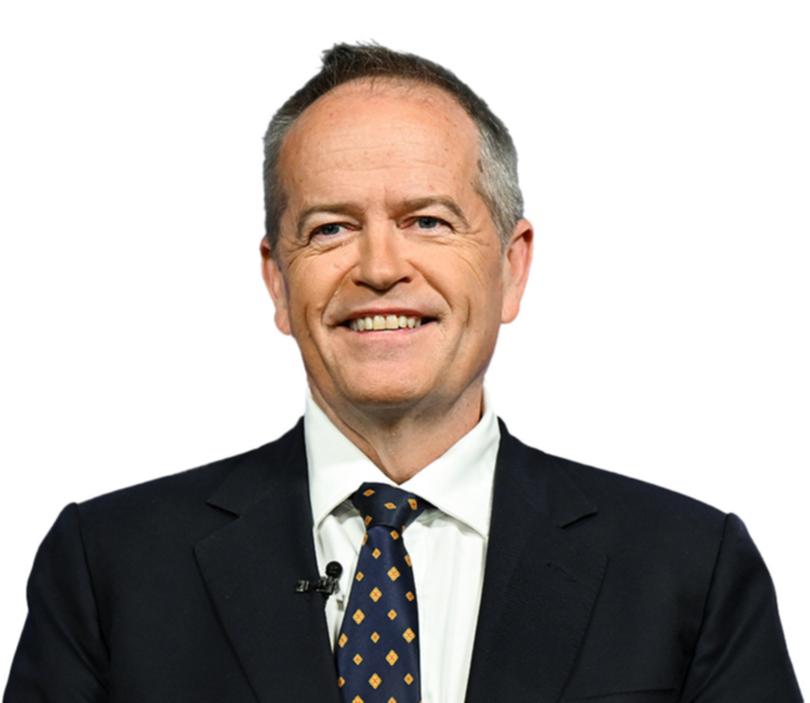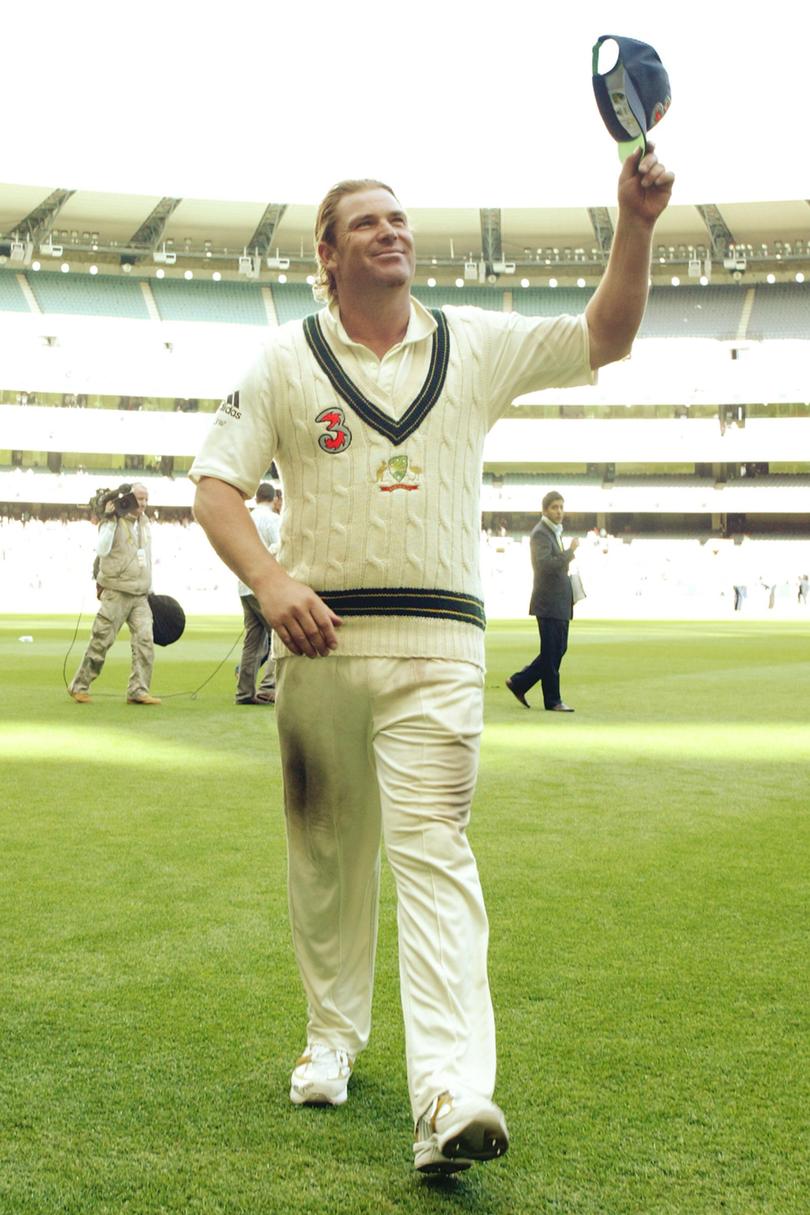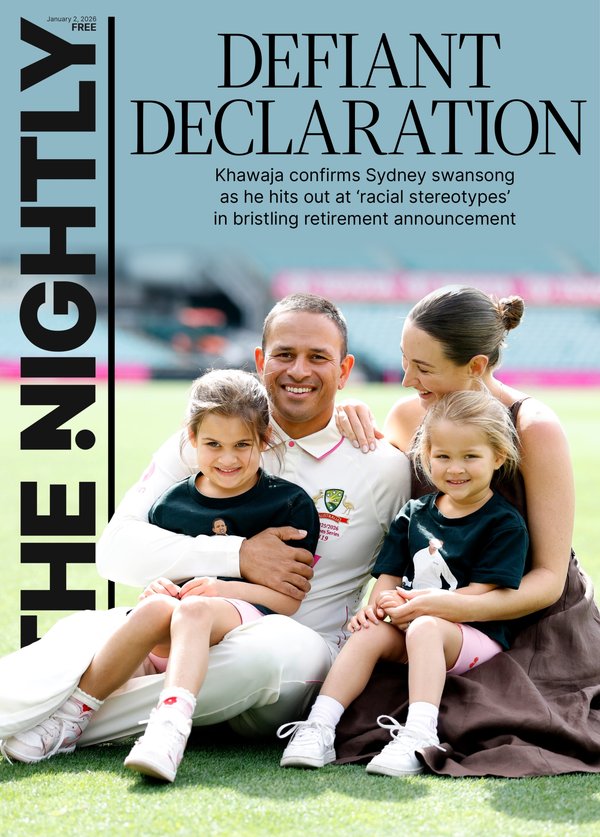Bill Shorten: From Taylor Swift to Warnie, the magical MCG is a place where memories are made

These past few weeks, all eyes have been on the extravaganza that has been American music superstar Taylor Swift’s Eras Tour.
The singer-songwriter took Australia by storm, playing to about 600,000 fans in Sydney and Melbourne across seven nights.
Planeloads of people were flown around the country to see the artist play at the 80,000-seat Accor Stadium in Sydney and the 100,000-capacity Melbourne Cricket Ground.
Sign up to The Nightly's newsletters.
Get the first look at the digital newspaper, curated daily stories and breaking headlines delivered to your inbox.
By continuing you agree to our Terms and Privacy Policy.Swift played to a whopping 288,000 fans over three nights at the MCG.
Authorities say there may have even been up to 60,000 more who “Taylorgated” (sneaking sardine-style through the turnstiles) into the stadium. I can see Taylorgated in the running for the 2024 Merriam-Webster dictionary word of the year.
The 96,000 Swifties who filled the MCG each night made up the biggest audiences T-Swift had played to in her career. An experience the singer said was “on another level”.
Swift’s numbers are only eclipsed by Ed Sheeran’s concerts last year which saw crowds of 108,000 and 109,500.
On October 1, 2011, when my beloved Collingwood was going for back-to-back flags after their historic premiership in 2010, 100,000 of us filled the MCG and waited to be entertained by the dulcet tones of Seventies throwback rock idol Meatloaf.
It was a wet spring day in my hometown and legend has it that the singer was afraid to go on stage for fear of being struck by lightning.
Perhaps he should have stood his ground because the late singer’s performance made history for all the wrong reasons.
Google it.

The passion of a footy game is hard to beat and is a weekend ritual often passed from generation to generation.
But for some, a concert at the MCG is their first experience of this iconic stadium’s size and atmosphere.
It is, without doubt, a magical place. You feel its history before you even walk through the turnstiles.
And what a history it’s had — so much that it has its own museum.
The tale began because the Melbourne Cricket Club’s original cricket ground, which was near where Crown Casino now stands, was not a good choice for a number of reasons.
Not only was it prone to flooding, it became a tent city when the gold rush took off. The deal breaker came when the government decided to run a railway right through it.
The governor of Victoria, Charles Latrobe, offered the club the use of a paddock in Richmond, which was then considered a semi-rural village.
So, in 1853, just 20 years after the founding of Melbourne, the MCG found its forever home and would become the beating heart of the great city that grew around it.
And while cricket was its reason for being, it was members of the MCC who devised what would become Australian rules football. The first game of which was played on the MCG in 1859.
The G is a storied structure.
Sports journalist Greg Baum described it as “a shrine”.
“It is to this city what the Opera House is to Sydney, the Eiffel Tower to Paris and the Statue of Liberty is to New York; it symbolises Melbourne to the world. It inspires reverence.”
It has also been called “the people’s ground”.
It is the home of AFL and international cricket including the traditional Boxing Day Test, World Cup qualifying matches. Even rugby league has been played on the hallowed turf!
It was requisitioned by the Australian government for military purposes during World War II and over three years housed 200,000 US and Australian troops.

The MCG hosted a mass celebrated by Pope John Paul II in 1986, as well as the event that broke all attendance records, evangelist Billy Graham’s Crusade, which drew a total of 130,000 people in 1959.
Warnie got the first Ashes hat-trick in 90 years at the MCG in 1994 and took his 700th test wicket there in 2006. On the other side of the ledger, the underarm bowling incident also happened at the G . . . shhhh.
And, of course, the first Olympic Games to be held in the southern hemisphere were at the MCG in 1956. It was at these “friendly games” that the tradition of all athletes marching together at the closing ceremony was born, a suggestion by a Melbourne teenager who said: “War, politics and nationalities will be forgotten. What more could anybody want if the world could be made one nation”.
When considering the MCG for listing, the Australian Heritage Council concluded the ‘G is of “outstanding national heritage significance as an integral part of the fabric of Melbourne and the nation”.
The listing acknowledges that the MCG is more than just an imposing structure.
It is a place where memories have been created. A place etched itself into — dare I borrow from Ms Swift — folklore.
It is a gathering place.
It is a place where we find the sense of community we realised we so dearly missed during the pandemic.
In a sign of that, the MCG last year experienced its biggest attendance in its history during a home and away AFL season.
The countdown to the 2024 season is measured in days now rather than weeks, and I predict the crowd numbers will be even bigger.
When Taylor Swift is your warm-up act, how can you lose?
Now we just have to hope the grass has recovered from the army of Swifties by the first MCG fixture on 14 March.
And rest in peace, Meatloaf.
Originally published on The Nightly
